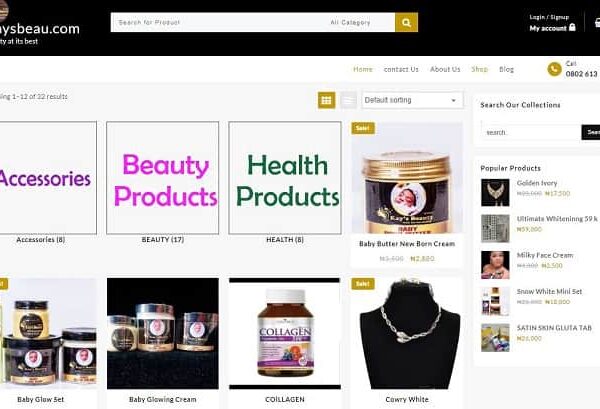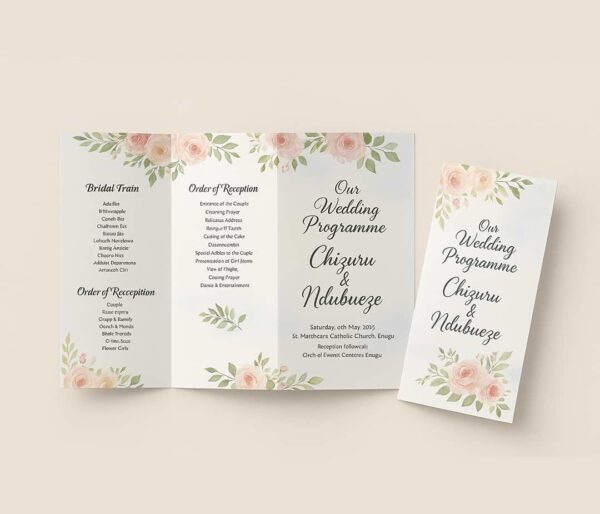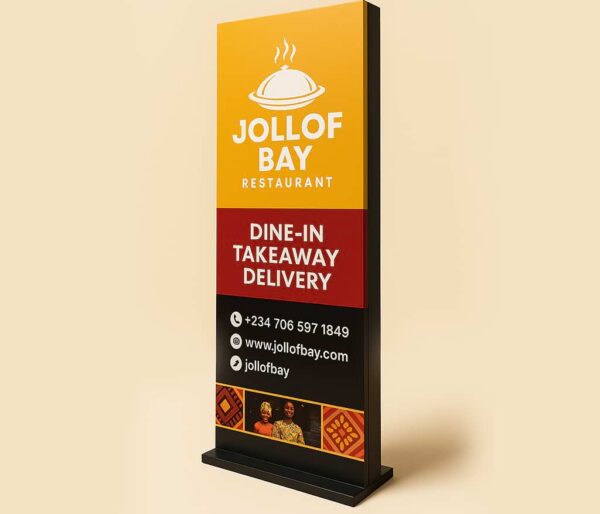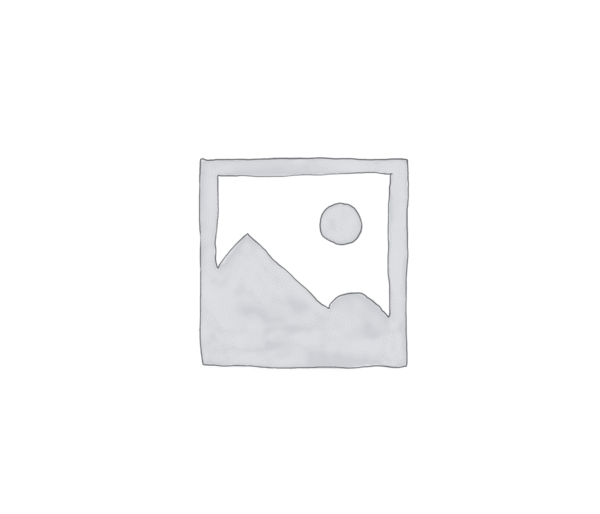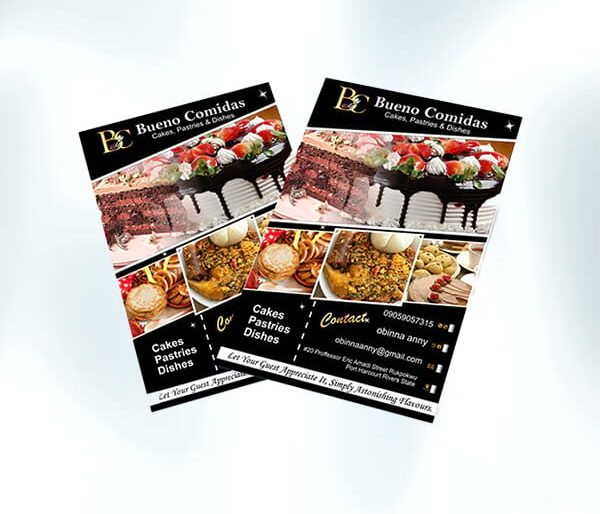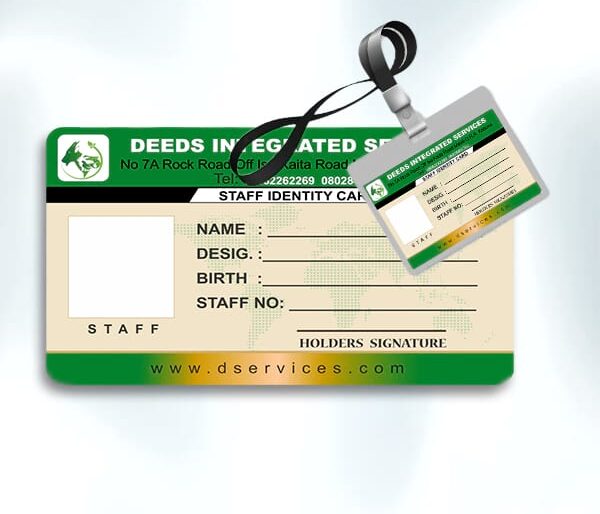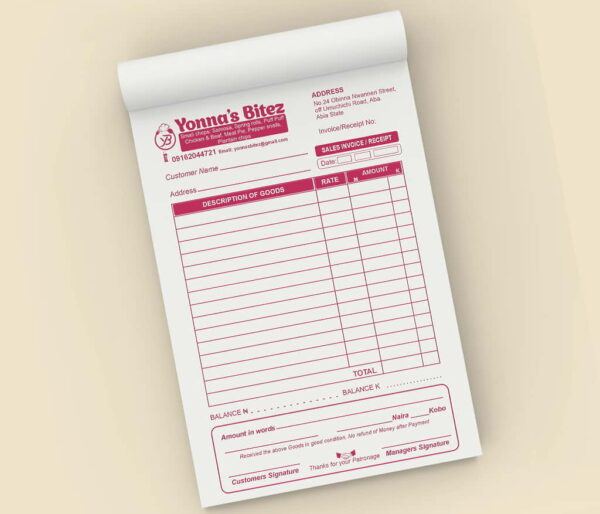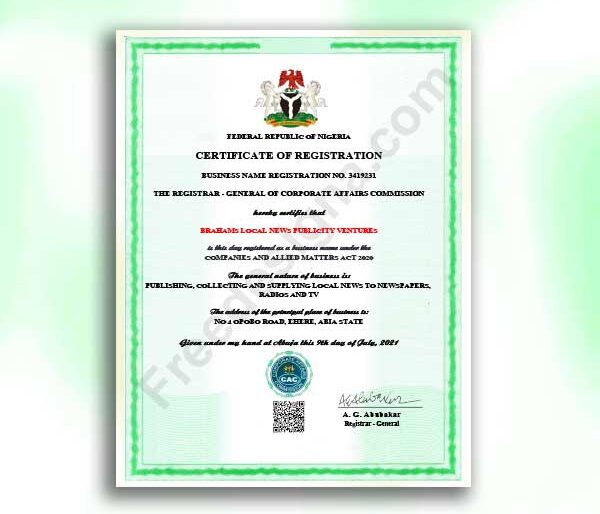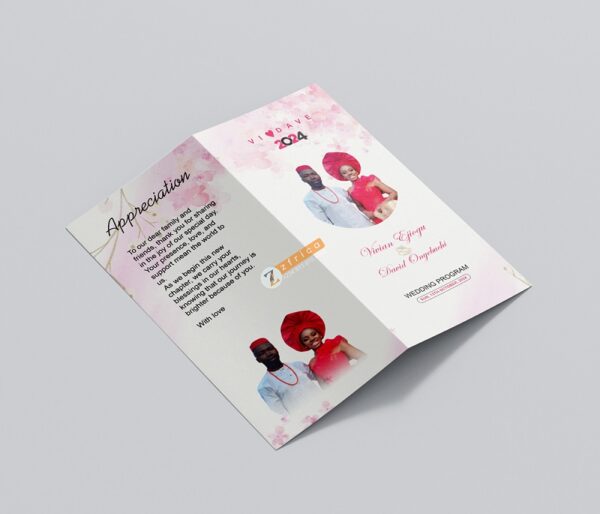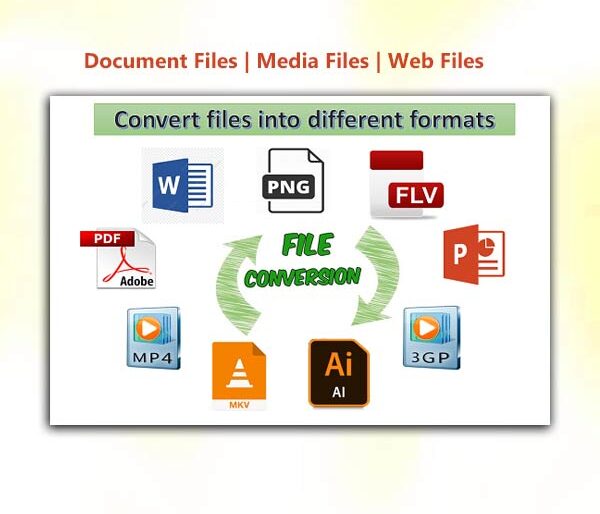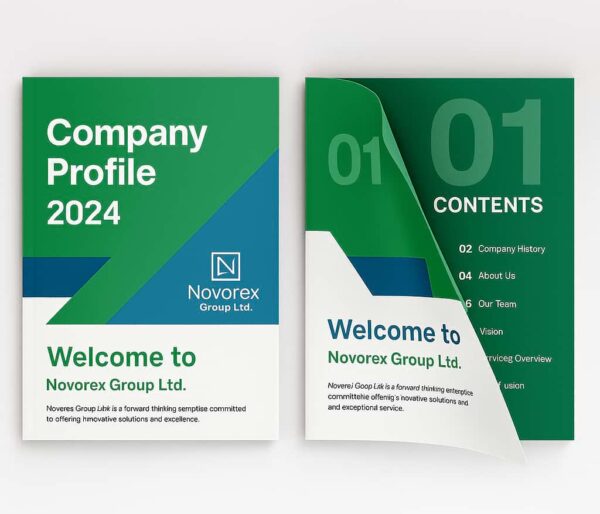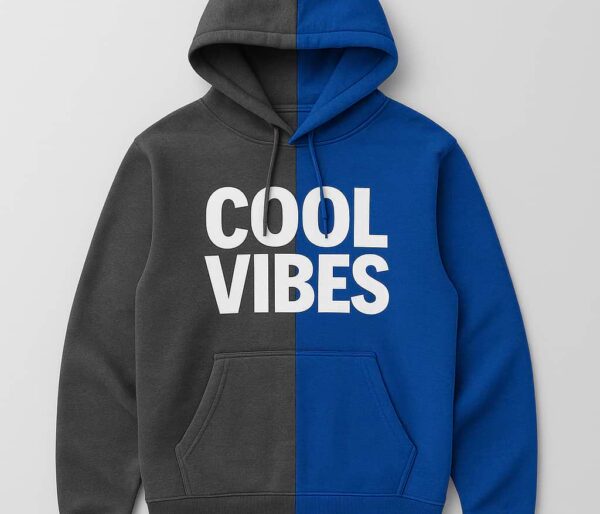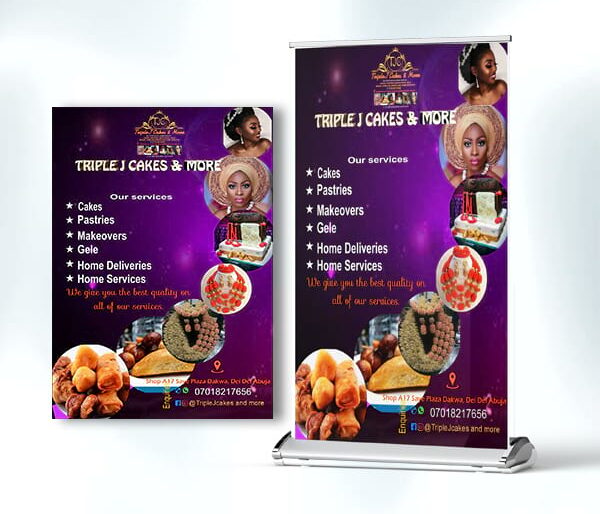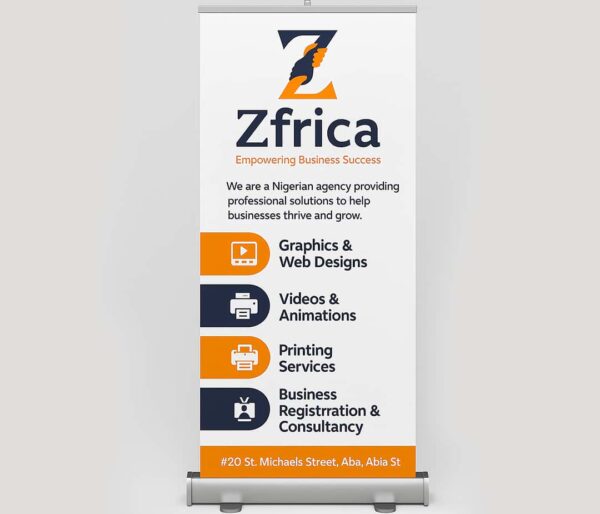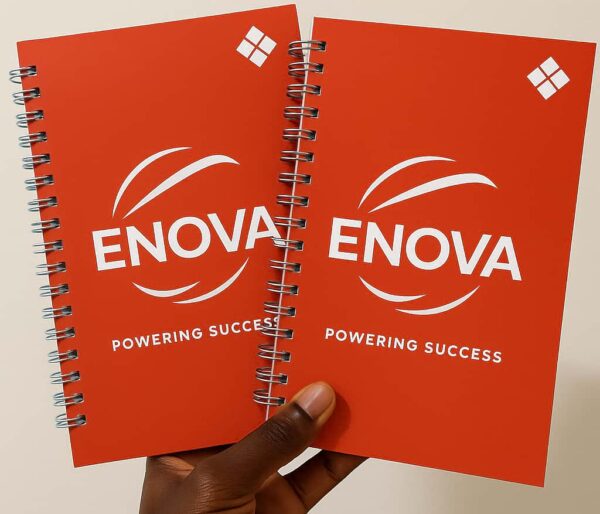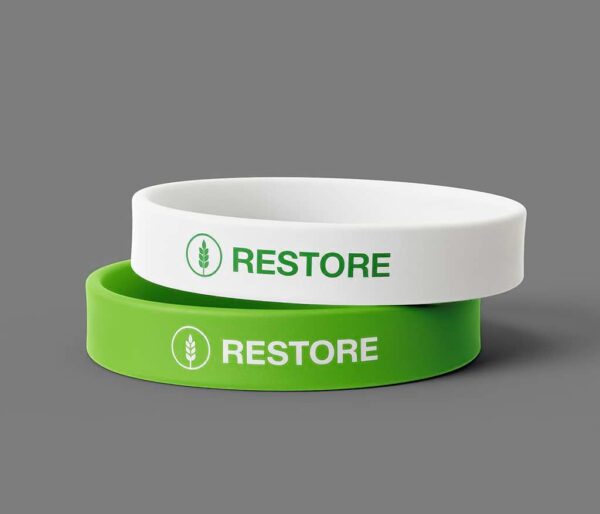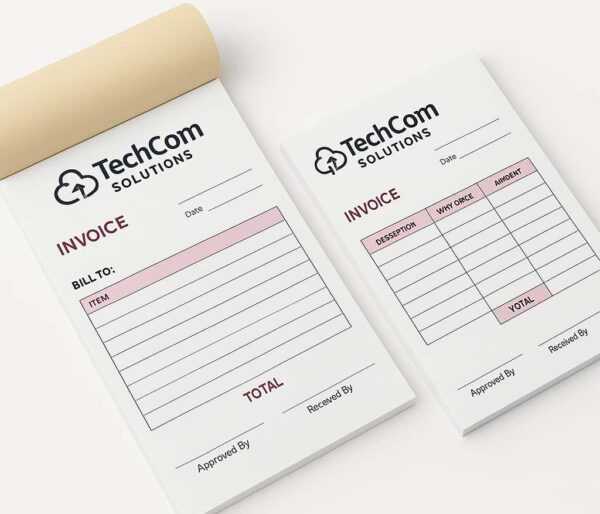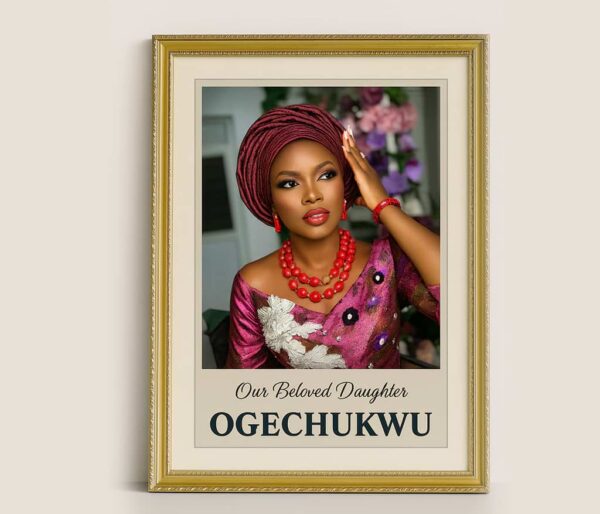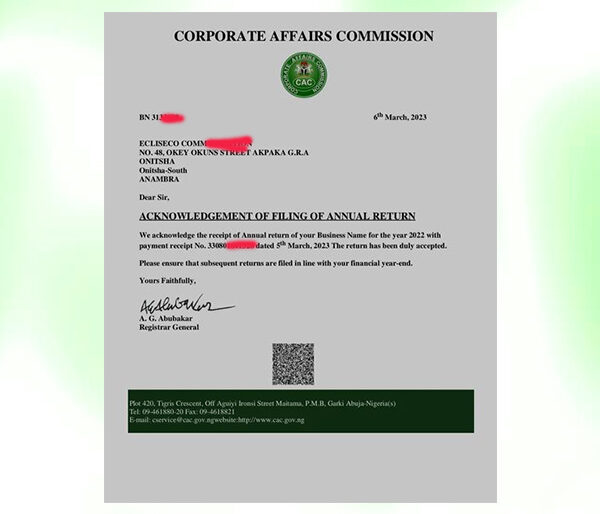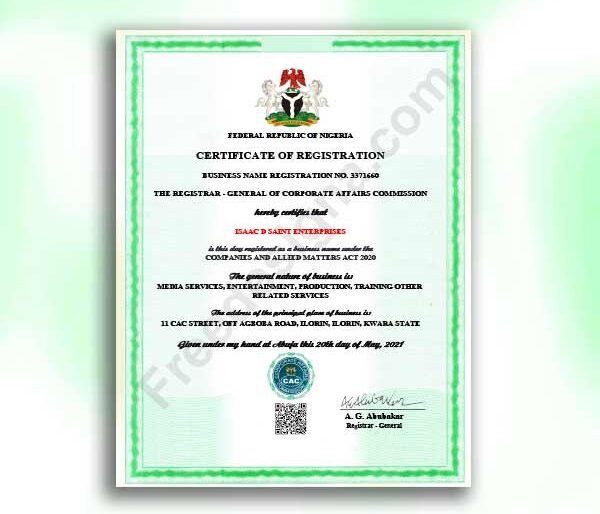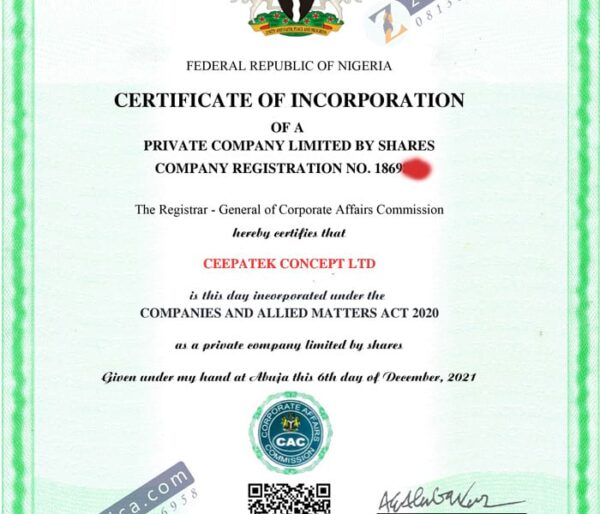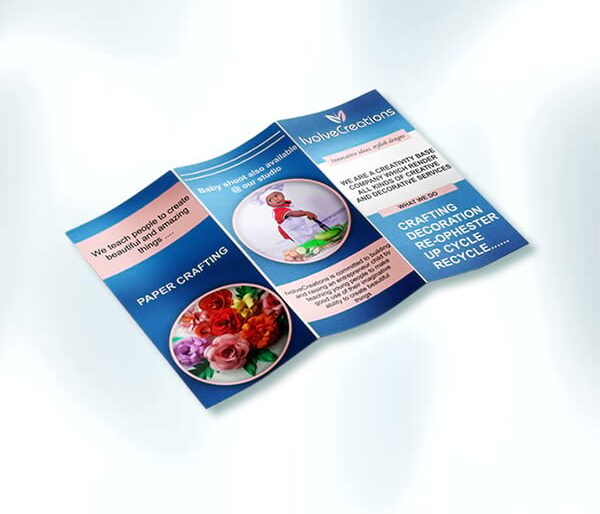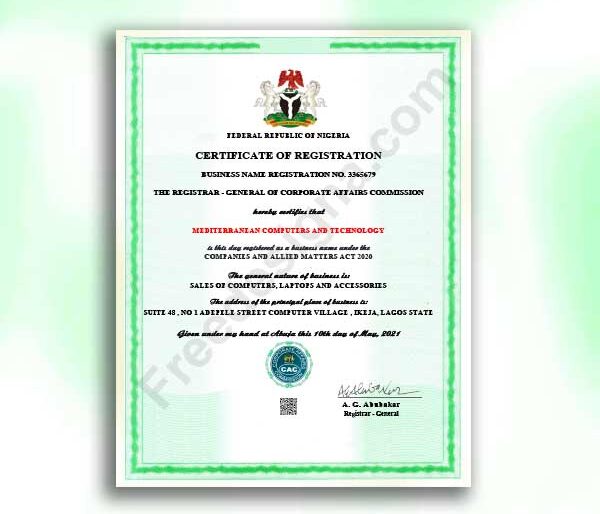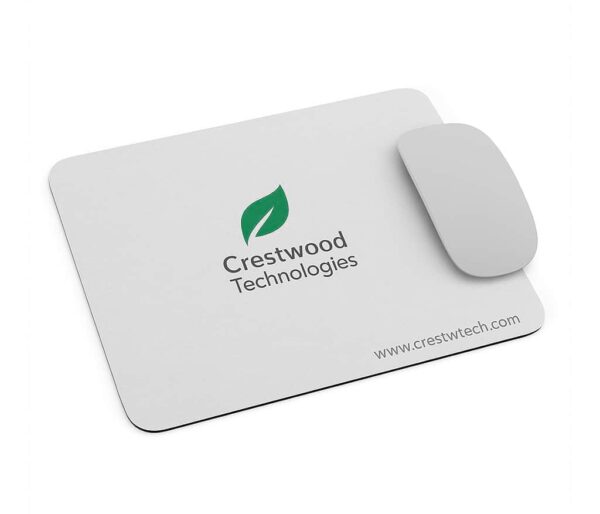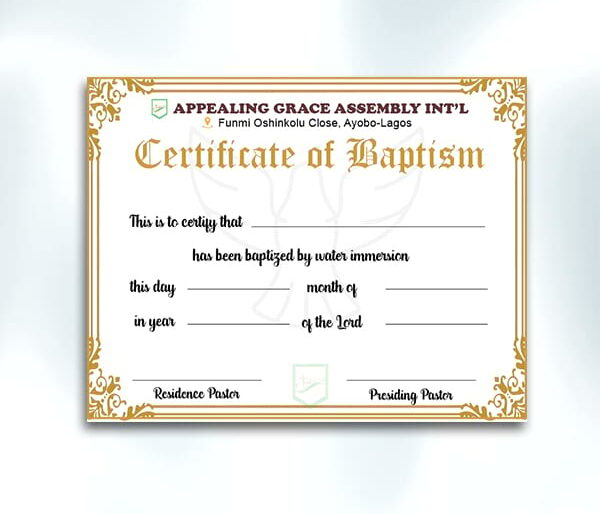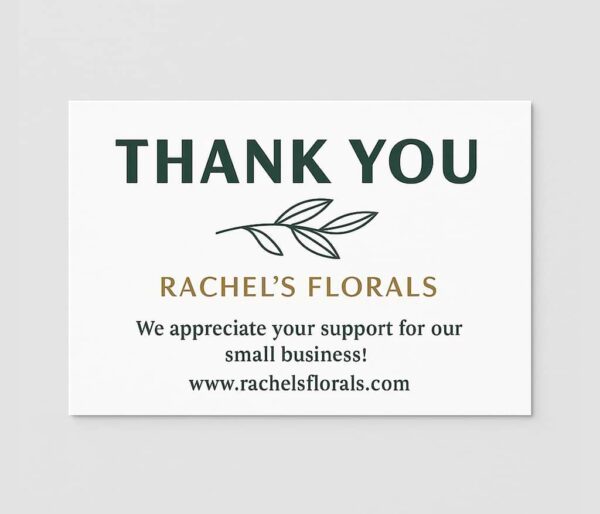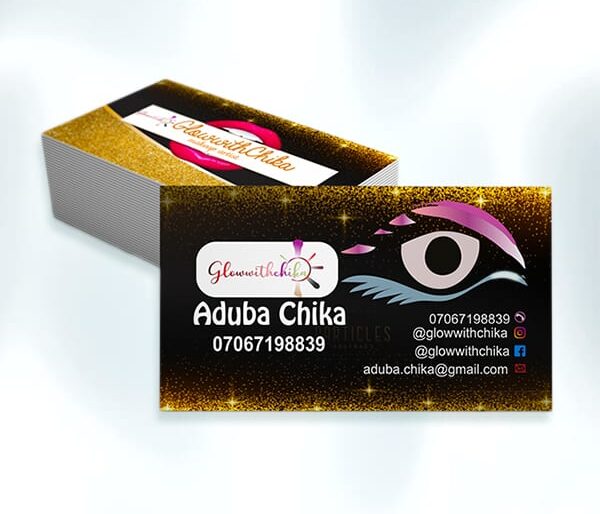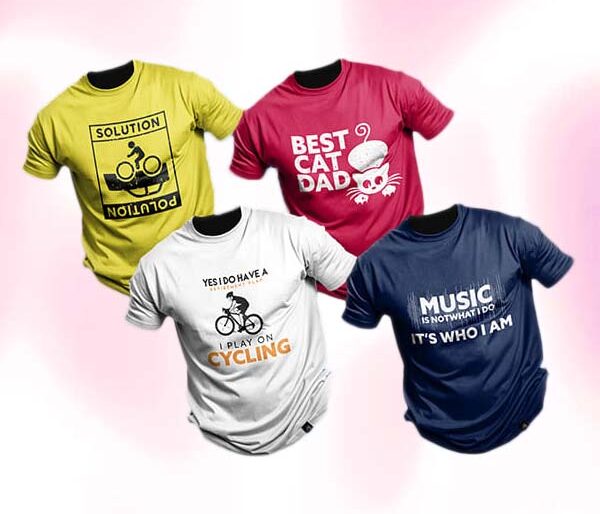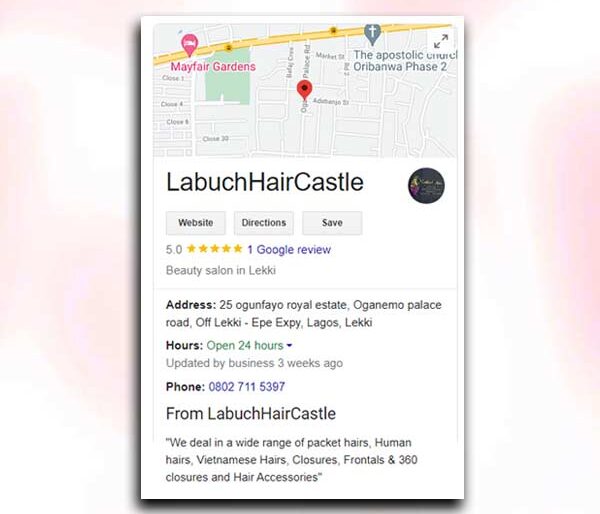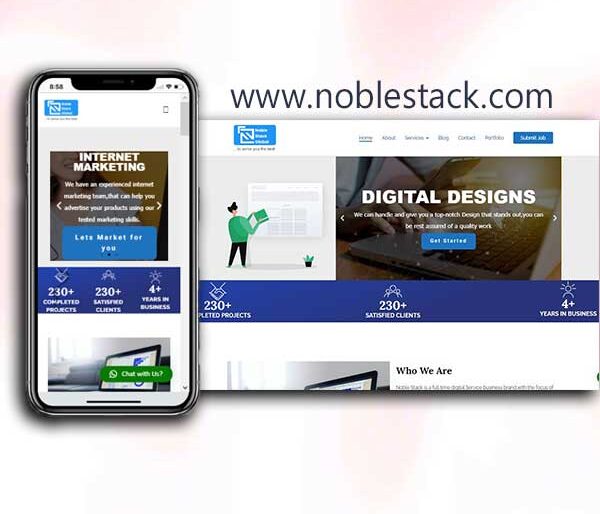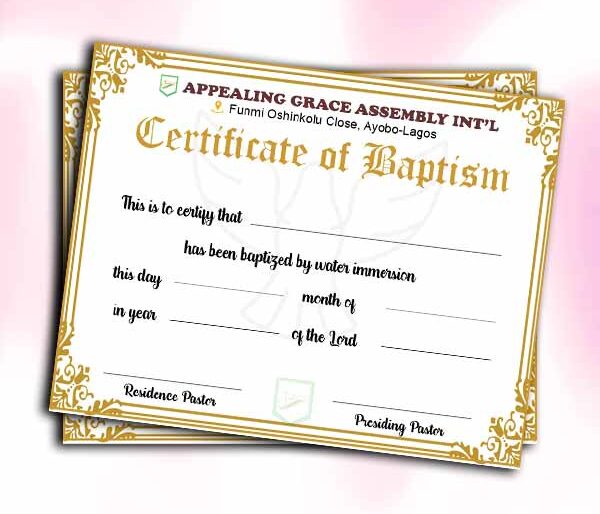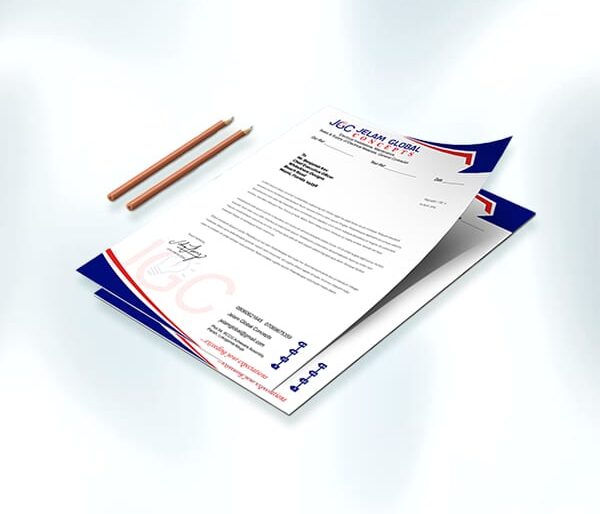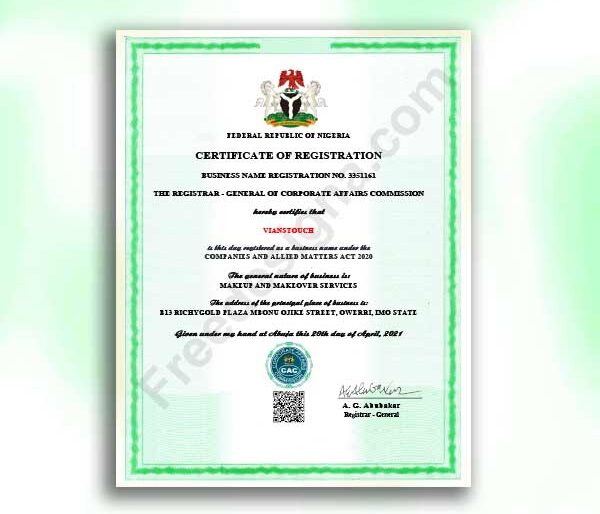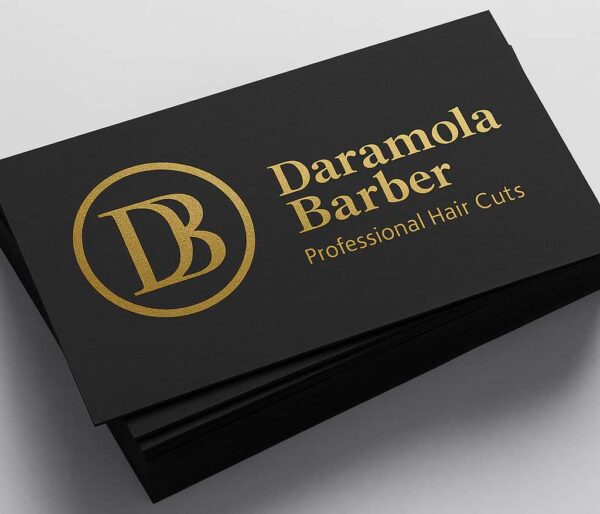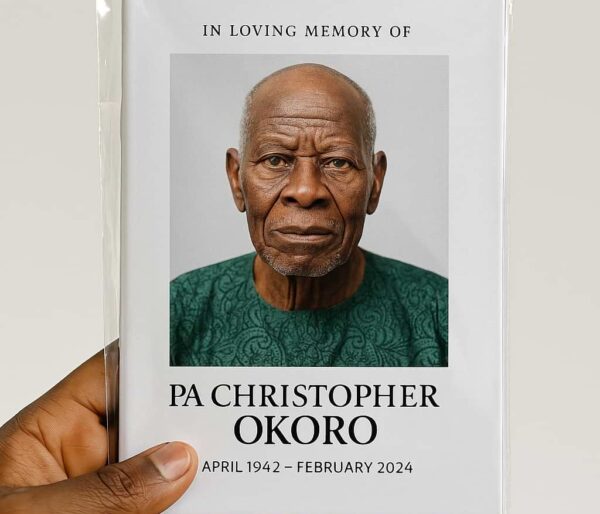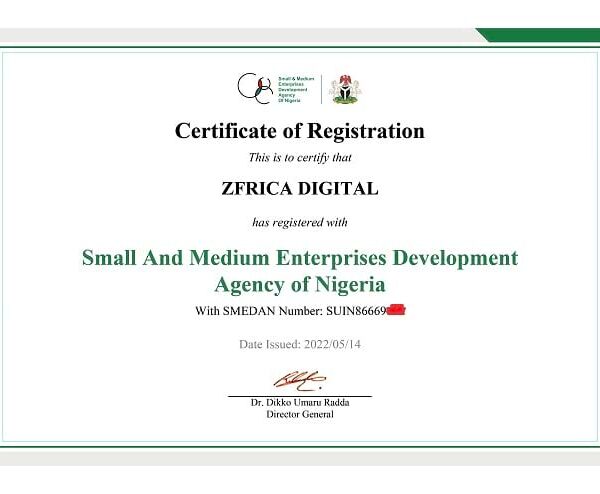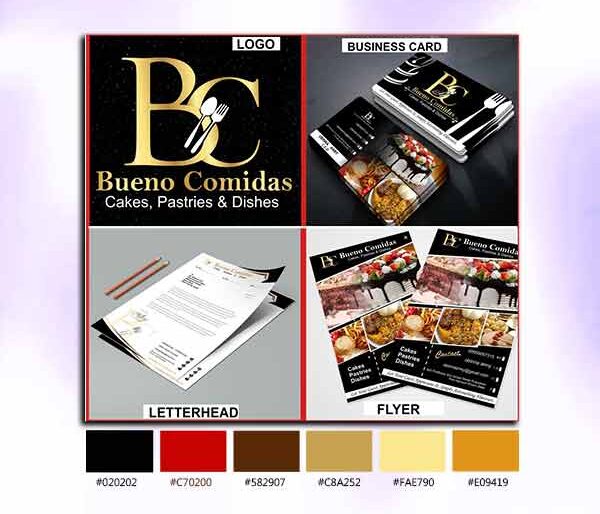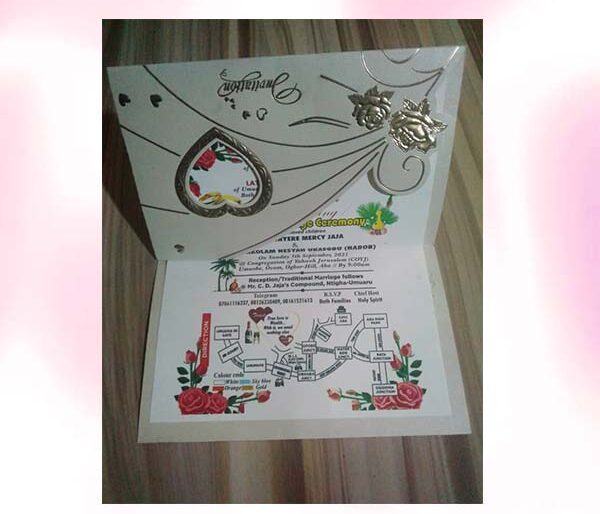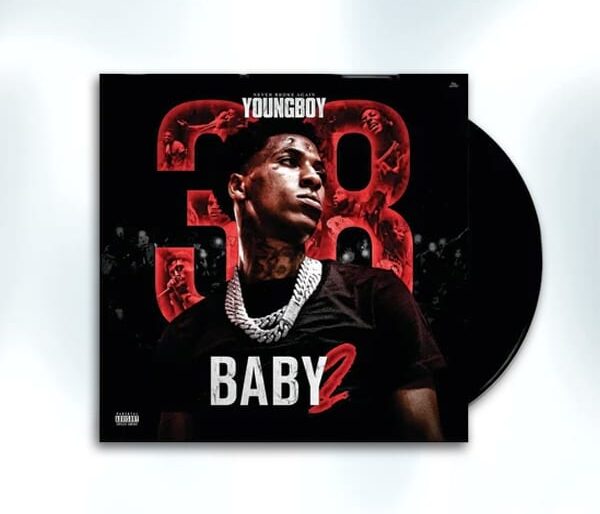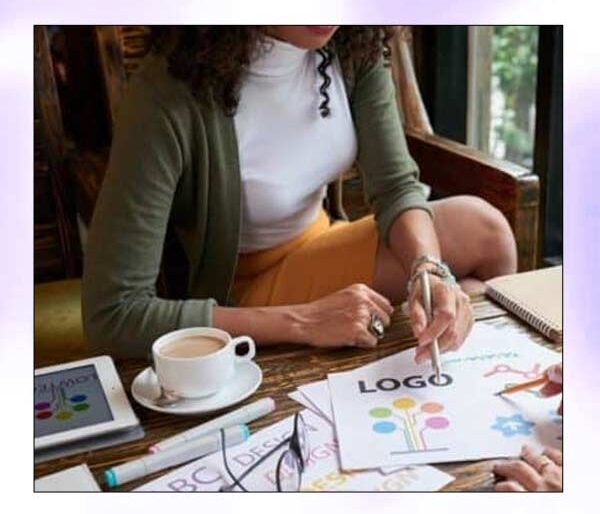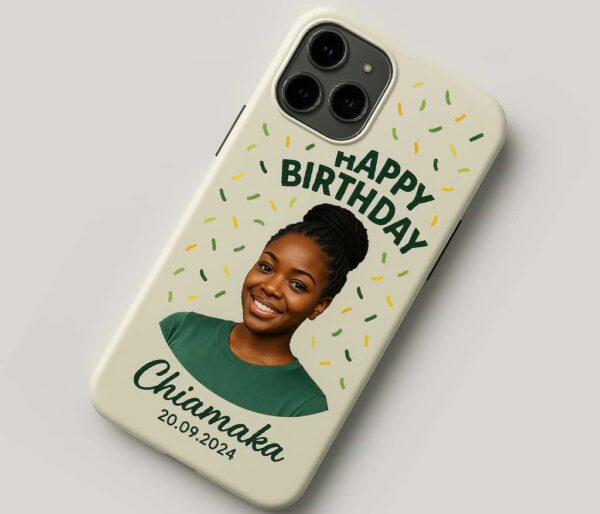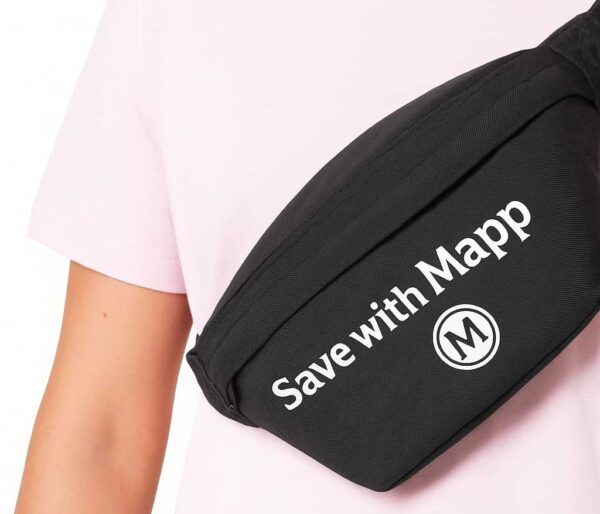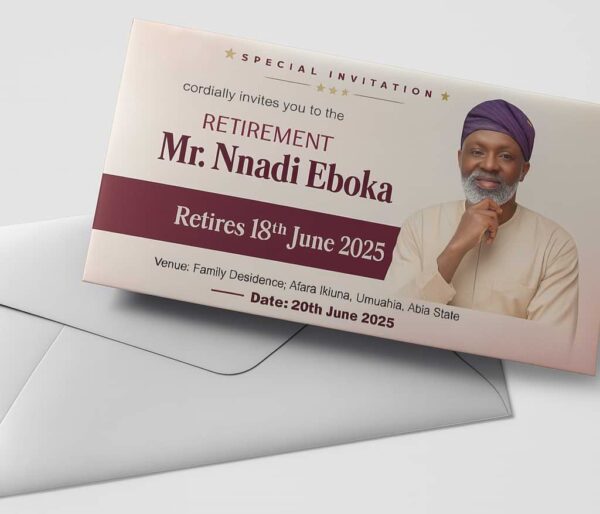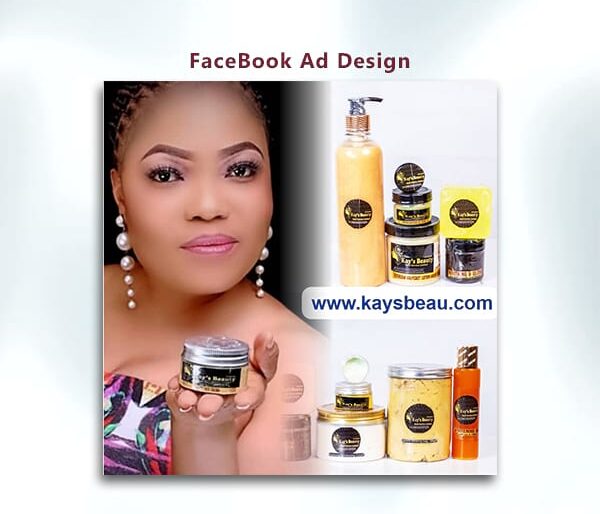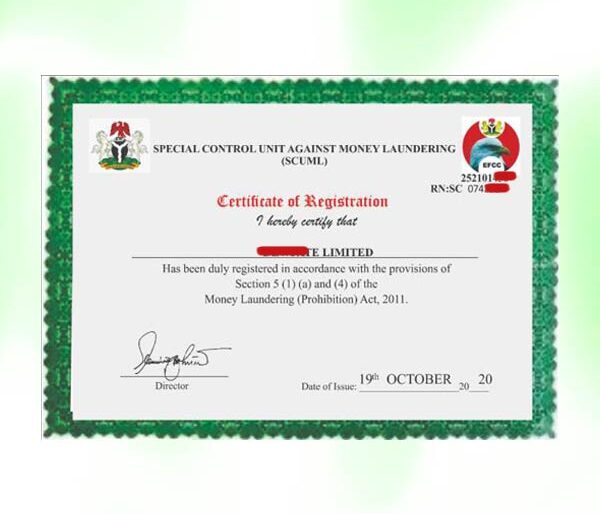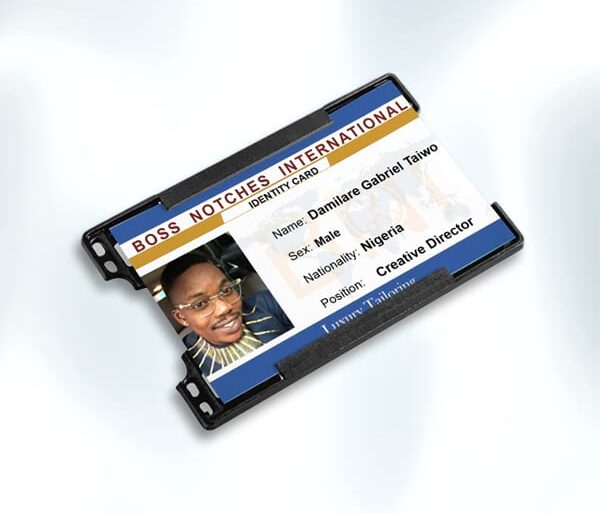Creativity That Works: Striking the Right Balance

Explore the balance between creativity and functionality in design and advertising. Learn how to create impactful, meaningful work that resonates with your audience. —Creativity That Works
Introduction: Understanding “Creativity That Works”
Creativity is a powerful force. It drives innovation, fuels imagination, and shapes our world in extraordinary ways. However, for creativity to truly make an impact it needs to be more than just novel or eye-catching—it must also work in a practical, functional way.
In this blog, we’ll delve into the concept of “Creativity That Works,” exploring how to strike the right balance between creativity and practicality, and why this balance is essential for success in design and advertising.
As Udonna Nwokoji aptly said,
“Creativity that wouldn’t find expression in the public domain is as good as waste.”
Our Top Selling Services
Why Balance Matters in Creative Design
Creativity can take many forms, from bold advertising campaigns to innovative product designs. But without a clear connection to real-world needs and constraints, even the most creative ideas can fall flat.
A design might be visually stunning and imaginative, but if it fails to communicate the intended message or fulfill its purpose, it ultimately doesn’t work. The key is to find that sweet spot where creativity and functionality meet, creating designs that are both impactful and effective.
Case Study:
Rogue Caskets Advertisement is creative but missed the Mark

Consider this advertisement banner created by Dunmoye Ayomide from Naija Graphic Designers facebook group, for a company called “Rogue Caskets.”
The ad text reads, “You can now text while you drive. We’ve got you covered.” Beside the text is an image of a casket, followed by the company’s logo.
At first glance, this advertisement is strikingly creative—it employs dark humor to make a bold statement. It would gather all public attention if allowed. However, on closer inspection, it becomes clear that this ad would never see the light of day. It’s likely to be rejected by any responsible advertising agency and would be deemed inappropriate for public display.
While the ad is certainly memorable, it fails on several levels. It seems to encourage dangerous behavior (texting while driving) for the benefit of selling caskets, a notion that is ethically troubling and likely to offend a broad audience. This example highlights the crucial point that creativity, no matter how clever, must be anchored in practicality and social responsibility to truly work.
Finding the Sweet Spot: Creativity That Works
The challenge, then, is to find that balance where creativity and practicality intersect. Here are some key principles to consider:
We recommend this for you
Understand Your Audience
To create something that works, you need to know your audience. Understand their preferences, values, and sensitivities. A creative approach that resonates with one demographic may be offensive or irrelevant to another. Example,
Share a Coke” campaign

The “Share a Coke” campaign by Coca-Cola is a perfect example of creativity that works. By printing popular names on labels, the campaign connected with people on a personal level, driving engagement and boosting sales.
Align Creativity with Goals
Every creative project should have a clear objective. Whether it’s to increase brand awareness, drive sales, or promote a cause, your creative work needs to align with these goals to be effective. Example,
The “Dumb Ways to Die” campaign
The “Dumb Ways to Die” campaign by Metro Trains in Melbourne used quirky characters and catchy music to deliver a serious message about train safety. The campaign’s creative approach aligned perfectly with its goal of raising safety awareness, leading to a significant reduction in accidents.
Have you Read this ?
Test and Iterate
Creativity that works often involves testing and iteration. Use feedback to refine your designs and concepts, ensuring they meet both creative and practical criteria. Example,
The iterative process behind the design of Apple’s iPhone demonstrates this principle. Each version combines creative design with practical enhancements, resulting in a product that is both aesthetically pleasing and functional.
Consider Ethical and Cultural Sensitivities
Creativity should not come at the expense of ethics or cultural sensitivity. Ensure that your creative work respects and acknowledges diverse perspectives and avoids controversial or harmful messages. Example,
The “Like a Girl” campaign
The “Like a Girl” campaign by Always challenged negative stereotypes about girls. It was a creative and impactful campaign that promoted positive change and resonated with a global audience.
Use Creativity to Solve Problems
Creativity is not just about aesthetics; it’s a powerful tool for problem-solving. Innovative thinking can lead to solutions that are both creative and practical. Example,
The “Bike Desk”
The “Bike Desk” by WeWatt is an innovative product that addresses the problem of sedentary work environments by allowing users to exercise while working, blending creativity with functionality.
Use Creativity to Inspire and Motivate
Creativity isn’t just about flashy visuals or catchy slogans; it’s also a powerful tool for inspiring and motivating people. Innovative thinking can lead to campaigns that resonate deeply with audiences on an emotional level. Example:
Peak Milk – “It’s in You” Campaign
The “It’s in You” campaign by Peak Milk exemplifies this approach by using motivational messages and showcasing successful Nigerians from diverse backgrounds. This creative strategy emphasized that everyone has the potential for greatness within them, aligning with the brand’s nourishing and supportive image.
Conclusion
Creativity is a vital component of successful design and advertising. However, it’s crucial to ensure that creative ideas are balanced with practicality and social responsibility to achieve the desired impact. By understanding your audience, aligning creativity with goals, and considering ethical and cultural sensitivities, you can create work that not only stands out but also works effectively in the real world.
Remember, creativity that doesn’t find expression in the public domain is as good as waste —Nwokoji Udonna, so always strive for creativity that works.
FAQs
What is “Creativity That Works”?
“Creativity That Works” refers to creative ideas and designs that are both innovative and practical, effectively achieving their intended goals.
How can I ensure my creative work is effective?
To ensure effectiveness, understand your audience, align your creativity with your goals, test and iterate, and consider ethical and cultural sensitivities.
Why is it important to balance creativity and practicality?
Balancing creativity and practicality ensures that your work is unique and engaging while also functional and aligned with the desired outcome.
Can creativity be too much?
Yes, creativity can be excessive if it overshadows the core message, alienates the audience, or becomes impractical. It’s essential to find the right balance.
What are some examples of successful creative campaigns?
Examples include Coca-Cola’s “Share a Coke,” Metro Trains’ “Dumb Ways to Die,” and Peak’ “Its on you” campaigns, which successfully combined creativity with practicality and resonated with audiences.
How can creativity be used to solve problems?
Creativity can be used to approach problems from new angles, leading to innovative solutions that are both effective and practical, like the “Bike Desk” by WeWatt.






